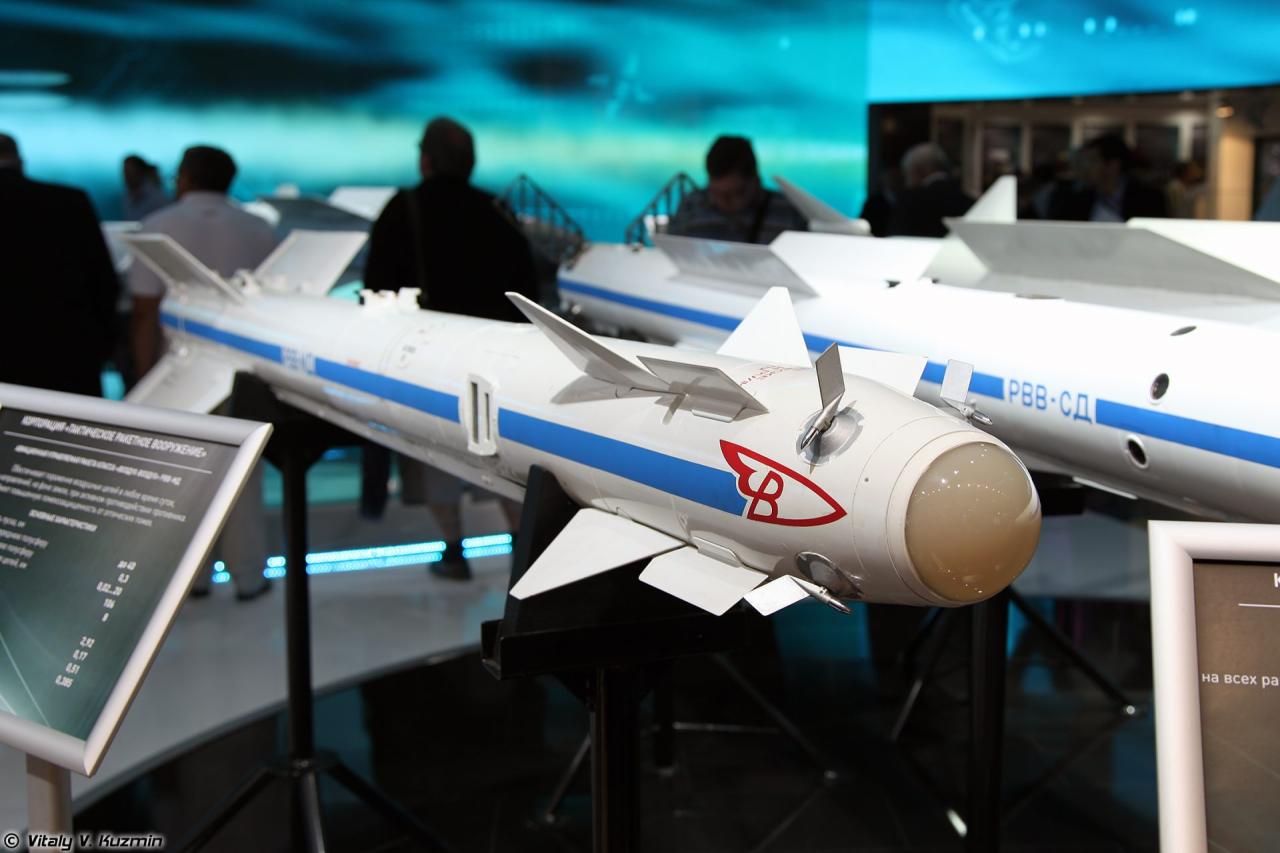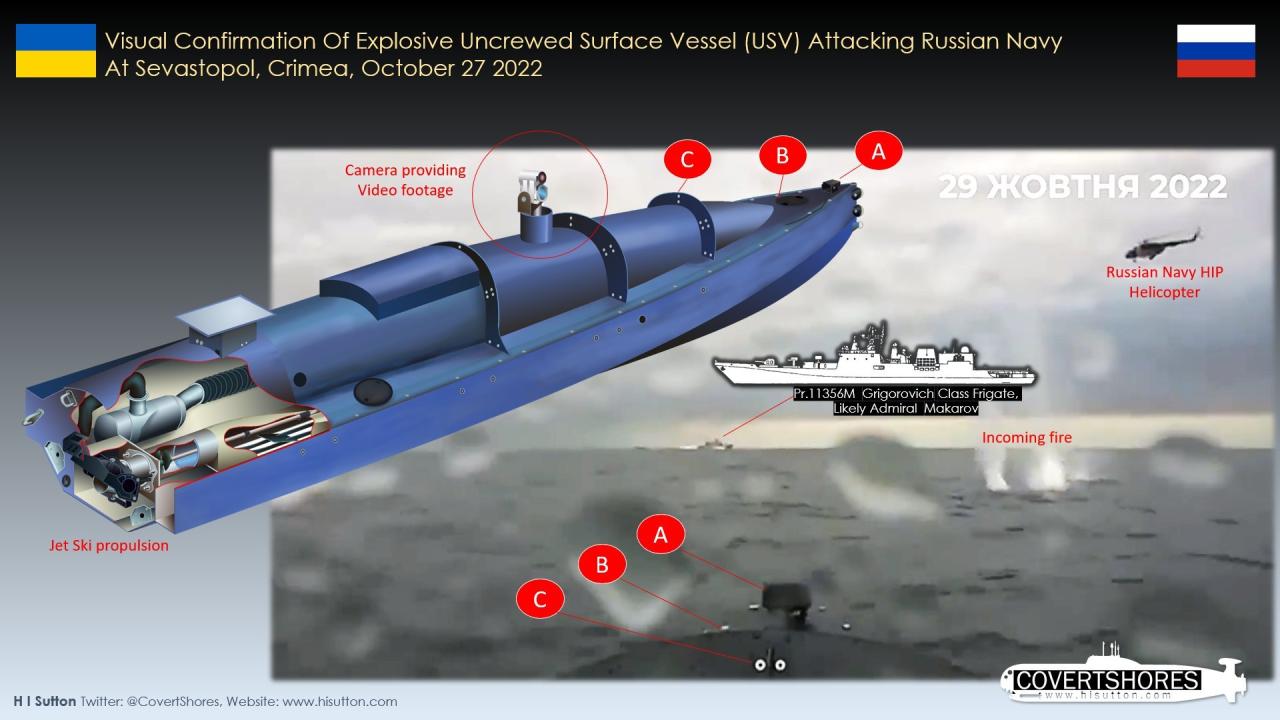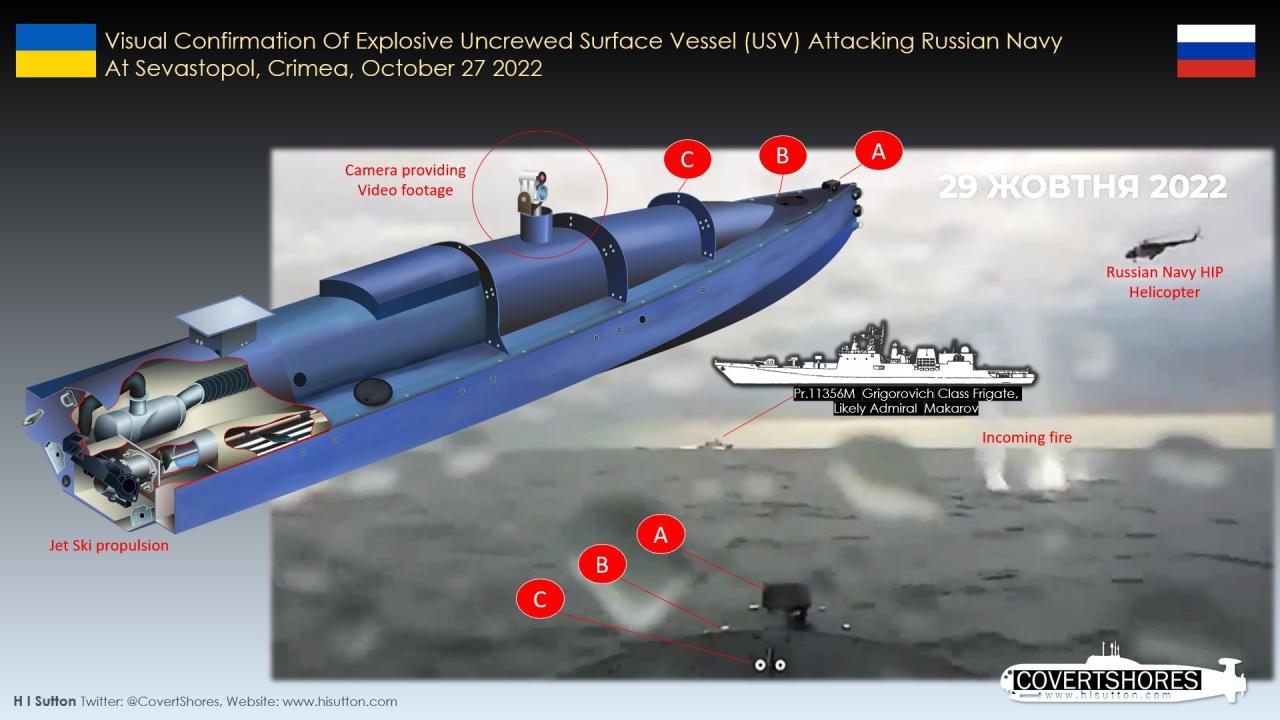Ukrainian sea drones are rapidly changing naval warfare. These unmanned vessels, ranging from small, expendable craft to more sophisticated platforms, are proving surprisingly effective in the ongoing conflict. This exploration delves into their technology, operational use, impact, and future potential, offering a comprehensive overview of this evolving maritime force multiplier.
Ukrainian sea drones are making waves, showcasing the evolving tech in naval warfare. Thinking about regulations, it’s worth checking out the updated rules for drone use in other countries, like Canada; you can find the details on the new drone rules here: new drone rules canada. Understanding these regulations helps put the advancements in Ukrainian drone technology into a broader, international context.
We’ll examine the design and engineering behind these drones, comparing their capabilities to those of other nations. We’ll also look at their real-world deployment, analyzing their strategic and tactical impact on various naval scenarios, from reconnaissance to direct attacks. Finally, we’ll discuss the challenges and opportunities facing Ukraine as it continues to develop and refine this critical technology.
Ukrainian Sea Drone Technology
Ukraine’s development of sea drone technology has become increasingly significant in the context of the ongoing conflict. These unmanned systems offer a cost-effective and adaptable approach to naval warfare, enabling Ukraine to leverage asymmetric advantages against a larger adversary. This section details the current state of Ukrainian sea drone technology, encompassing its types, capabilities, limitations, and comparisons with similar technologies from other nations.
Types and Capabilities of Ukrainian Sea Drones
Ukrainian sea drones vary in size, design, and capabilities, ranging from smaller, expendable units designed for suicide attacks to larger, more sophisticated platforms capable of reconnaissance and mine-laying. While specific details are often kept classified, reports suggest the use of both surface and underwater drones. Capabilities include surveillance, targeting, and delivering payloads such as explosives. Limitations include range, payload capacity, and vulnerability to countermeasures.
Comparison with Other Nations’ Sea Drone Technology
Compared to the advanced sea drone programs of major military powers like the US, China, and Russia, Ukraine’s technology is arguably less sophisticated in terms of autonomy and advanced sensor integration. However, Ukraine’s sea drones demonstrate a remarkable effectiveness considering the resource constraints and the relatively rapid pace of development driven by operational necessity. The focus is often on adaptability, simplicity of design for ease of production and maintenance, and cost-effectiveness, prioritizing impactful operational use over cutting-edge technological features.
Design and Engineering Principles
Many Ukrainian sea drones appear to prioritize simplicity and modularity in their design. This approach facilitates rapid production and repair, crucial in a conflict environment. The use of readily available commercial components and materials is likely a key aspect of the design philosophy, minimizing reliance on complex and specialized parts. Examples might include using readily available GPS modules, commercially available propulsion systems, and off-the-shelf explosives for payload delivery.
Specifications of Ukrainian Sea Drone Models
| Model (Designation) | Speed (knots) | Payload (kg) | Range (km) |
|---|---|---|---|
| Example 1 | 10-15 | 50-100 | 50-100 |
| Example 2 | 5-10 | 200-300 | 20-50 |
| Example 3 (Hypothetical) | 20-25 | 25-50 | 150-200 |
Operational Use of Ukrainian Sea Drones
Ukrainian sea drones have seen documented use in various scenarios throughout the ongoing conflict. Their deployment highlights the strategic and tactical implications of employing these unmanned systems in modern naval warfare.
Documented Operational Deployments
Reports indicate the use of sea drones in attacks against Russian naval vessels, including the reported sinking of a frigate. These drones have also been employed for reconnaissance missions, providing valuable intelligence on enemy movements and positions. The use in mine-laying operations, although not extensively documented publicly, is also considered a potential application.
Strategic and Tactical Implications
The use of sea drones introduces a new dimension to naval warfare. Their low cost and expendable nature allow for saturation attacks, overwhelming enemy defenses. They also offer a degree of deniability, making attribution challenging. Tactically, they can be used to target high-value assets, conduct reconnaissance in hazardous areas, and disrupt enemy operations.
Effectiveness in Various Scenarios
In reconnaissance, the low profile and quiet operation of sea drones offer significant advantages. In attack scenarios, their ability to deliver substantial payloads, even if expendable, poses a serious threat. The potential for mine-laying operations adds another layer of complexity and danger for enemy naval forces.
Timeline of Significant Events
A precise timeline is difficult to establish due to the classified nature of many operations. However, key events would include the first reported successful attack using sea drones, significant upgrades or modifications to the drone systems, and any major changes in deployment tactics or strategies.
Impact and Implications of Ukrainian Sea Drone Development
The development and deployment of Ukrainian sea drones have far-reaching implications for naval warfare doctrine, future technological advancements, and the geopolitical landscape.
Impact on Naval Warfare Doctrine
The success of Ukrainian sea drones has highlighted the vulnerability of larger, more expensive naval assets to asymmetric threats. This has led to a reevaluation of naval doctrines, prompting greater emphasis on counter-drone measures and the development of similar technologies by other nations.
Potential for Future Development
Future advancements might include improved autonomy, enhanced sensor capabilities, increased range and payload capacity, and better integration with other platforms and intelligence systems. The development of more sophisticated artificial intelligence for navigation and targeting is also a likely area of focus.
Challenges and Limitations
Challenges include securing funding for continued research and development, acquiring necessary components, and training personnel to effectively operate and maintain the drones. Limitations include the vulnerability to electronic warfare and countermeasures, as well as the logistical challenges of deploying and recovering the drones in various operational environments.
Geopolitical Implications
The effective use of relatively inexpensive, domestically produced sea drones by Ukraine has significant geopolitical implications. It demonstrates the potential for smaller nations to leverage technological advancements to challenge larger, more powerful adversaries, potentially influencing the arms race and the development of similar technologies globally.
Manufacturing and Procurement of Ukrainian Sea Drones

Understanding the manufacturing process, supply chains, and economic impact of Ukrainian sea drone production provides insight into the nation’s ability to sustain and expand its capabilities.
Manufacturing Process and Supply Chains

The manufacturing process likely involves a combination of domestic and potentially international sources for components. The emphasis on modularity and the use of readily available components simplifies the manufacturing process, potentially enabling distributed production and reducing reliance on a single, centralized facility.
Role of Domestic and International Partners
Domestic expertise plays a crucial role in design and engineering, while international partners may contribute to the supply of specific components or technologies. The level of international support can vary depending on geopolitical factors and the availability of necessary resources.
Economic and Industrial Impact

The sea drone program has a positive impact on Ukraine’s economy, creating jobs in manufacturing, engineering, and related industries. It also contributes to the development of technological expertise and strengthens the nation’s defense industrial base.
Key Components and Materials
- Propulsion systems (engines, motors)
- Navigation and communication systems (GPS, radios)
- Payloads (explosives, sensors)
- Hull materials (fiberglass, composites)
- Electronic components (circuit boards, microcontrollers)
Countermeasures and Defenses Against Ukrainian Sea Drones
Understanding countermeasures and defenses is crucial for evaluating the overall effectiveness of Ukrainian sea drones and the potential for future conflict scenarios.
Countermeasures and Defenses
Countermeasures include electronic warfare to disrupt communication and navigation systems, physical interception using nets or other barriers, and the use of anti-drone weapons systems. The effectiveness of these measures depends on factors such as the drone’s design, the sophistication of the countermeasures, and the environment in which the drones are deployed.
Ukrainian sea drones are proving surprisingly effective, showcasing the potential of smaller, autonomous platforms. Think about how this technology might evolve; imagine the sheer scale of a coordinated drone display like the one at the shanghai drone show 2051 , but applied to naval warfare. It’s easy to see how advancements in Ukrainian drone tech could influence future drone swarms, potentially impacting naval strategy significantly.
Effectiveness of Different Countermeasures
Electronic warfare can be effective against simpler drones, but more sophisticated systems may be more resilient. Physical interception can be challenging, especially in open waters. Anti-drone weapons systems offer a more direct but potentially more costly approach.
Ukrainian sea drones are proving surprisingly effective, showcasing the potential of smaller, autonomous vessels. Think about how that technology could evolve – imagine the scale! Check out the projected advancements in drone technology at the shanghai drone show 2052 to see what the future holds. The innovations displayed there could easily influence future designs of Ukrainian sea drones, leading to even more sophisticated maritime defense systems.
Hypothetical Scenario Illustrating Countermeasures
Imagine a swarm of Ukrainian sea drones approaching a naval base. Electronic warfare systems could attempt to disrupt their navigation and communication. Simultaneously, patrol boats equipped with anti-drone weapons could target and neutralize individual drones. Physical barriers, such as nets, could be deployed to intercept the remaining drones.
Visual Appearance of a Typical Ukrainian Sea Drone
A typical Ukrainian sea drone might appear as a relatively small, unmanned surface vessel, possibly resembling a small boat or a torpedo-shaped hull. It would likely lack any obvious external weaponry, with the payload contained within the hull. Key features might include a relatively low profile to enhance stealth, a simple design for ease of maintenance and production, and a variety of sensors for navigation and target acquisition.
Last Point
Ukrainian sea drones represent a significant shift in naval power dynamics. Their relatively low cost, adaptability, and surprising effectiveness have made them a potent force. While challenges remain in terms of countermeasures and long-term development, the future of these unmanned vessels appears bright, potentially reshaping naval warfare doctrine and strategies for years to come. Their continued evolution will undoubtedly be a key factor in future conflicts and maritime security.
Question Bank
How are Ukrainian sea drones powered?
Power sources vary depending on the drone’s size and mission, but common options include batteries, internal combustion engines, and even hybrid systems.
What kind of payloads can Ukrainian sea drones carry?
Payloads can include explosives, sensors for reconnaissance, communication equipment, and even small amounts of electronic warfare gear.
Are Ukrainian sea drones autonomous or remotely controlled?
Most likely a mix of both; some degree of autonomy for navigation and targeting, but ultimately under human control for critical decisions.
How are Ukrainian sea drones manufactured?
Manufacturing involves a combination of domestic production and potentially international collaboration, utilizing readily available components and materials where possible.
